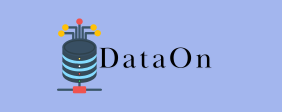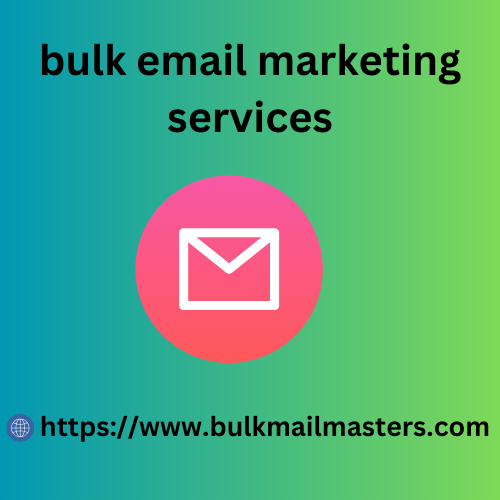Remember the old days when you just had to pay a one-time fee for an application?
Well, with the rise of SaaS, those days are mostly gone. Today, most apps have monthly subscription plans.
For software users , this may initially sound like a disadvantage.
However, there are some key advantages to this approach:
- Accessibility: Use the software where bulk email marketing services and whenever as long as you have an internet connection.
- Constant improvements : Most SaaS have a team behind it that constantly works on improving the software, adding more features, and fixing bugs.
- Easily updateable : Since the SaaS provider hosts the software, it’s easy to update with the latest versions.
- Backups : The user doesn’t have to worry about backing up their files. A good SaaS app automatically and regularly backs up user accounts.
For providers, the SaaS model is also highly attractive. Here are some of the reasons why:
- Recurring monthly fees : Instead of selling software for a one-time fee, SaaS providers can continue charging customers for as long as they remain subscribers. An app that used to bring $99 can generate $1000 or more.
- Scalability : SaaS software tends to be really scalable. The cloud infrastructure most SaaS providers use can be adjusted based on the resources needed. Additionally, adding users to the platform is really cheap.
SaaS challenges
Despite its many advantages over traditional one-off sales, SaaS comes with its unique set of challenges:
Intense Competition: With its relatively low entry barrier and practically limitless profit potential, SaaS competition is fierce! Differentiating yourself is no longer optional.
Lead generation cost : Since the lifetime how to influence the audience: priming in marketing and advertising value of software customers has shot up due to SaaS, generating leads has also become much more costly. Try lemlist’s 450+ million leads database as a low-cost starting point for finding quality leads and generating more revenue.
Lengthy sales pipeline : Selling subscriptions for more SaaS products for enterprises is usually a lengthy process that involves multiple departments and decision-makers. SaaS subscriptions can be a liability for these companies, and thus, they want to ensure that they make the right decision. That inevitably means that more sales touchpoints are required to make the sale. For lower-priced solutions, the sales process is shorter.
Creating and providing product demos : Creating demos that address prospects’ pain points takes time and skill.
Churn rate : Since SaaS uses a subscription model, it’s important to retain customers. It’s more expensive to acquire new customers than to retain existing ones, so improving the churn rate is of the utmost importance.
The SaaS sales process
As stated above, the length of the sales process can vary based on the purchase cost.
Here are the general steps to the SaaS sales process:
Lead generation : In this stage, you identify potential customers to whom your product could be a good fit. Usually, the initial lead generation phase is followed by the sales team evaluating the leads, filtering out the weak leads, and keeping the leads that most qualify as potential customers.
Outreach : Now, it’s time to reach out to the leads found in the lead generation step. Some options at your disposal are cold emailing, cold crawler data calling, and leveraging social media to attract customers (LinkedIn for B2B).
With lemlist, you can do multichannel outreach utilizing email, cold calling, LinkedIn, and manual tasks/steps with reminders.
Coming at your prospects through multiple channels ensures a higher conversion rate than traditional outreach.

